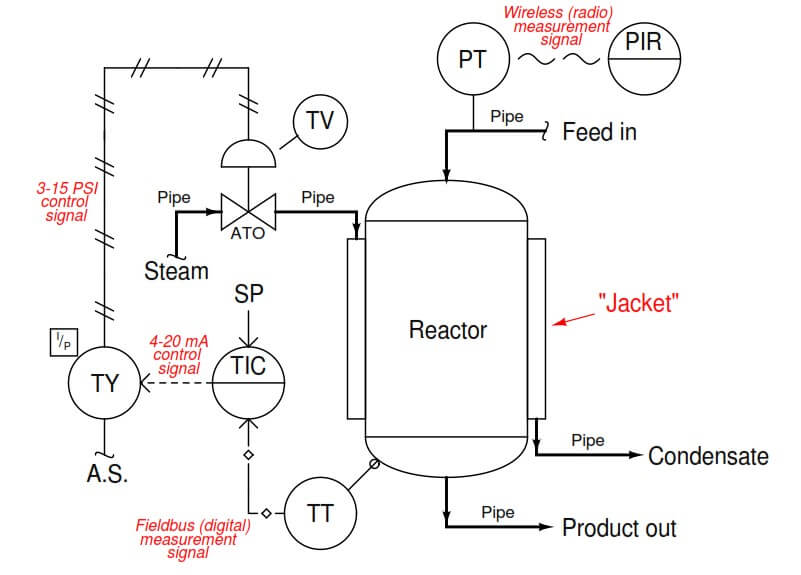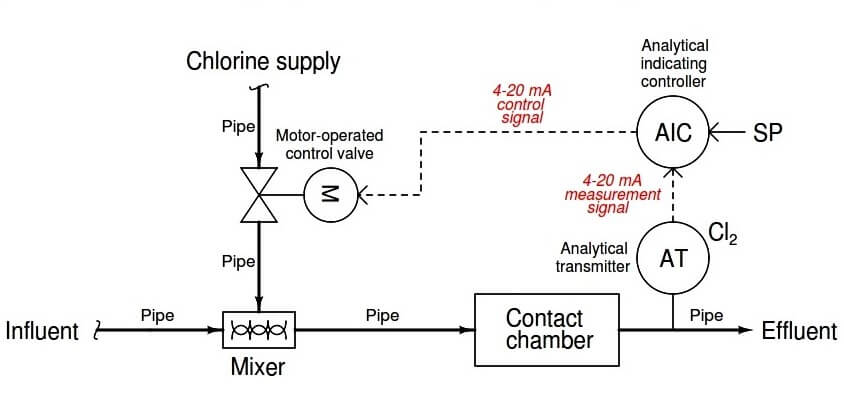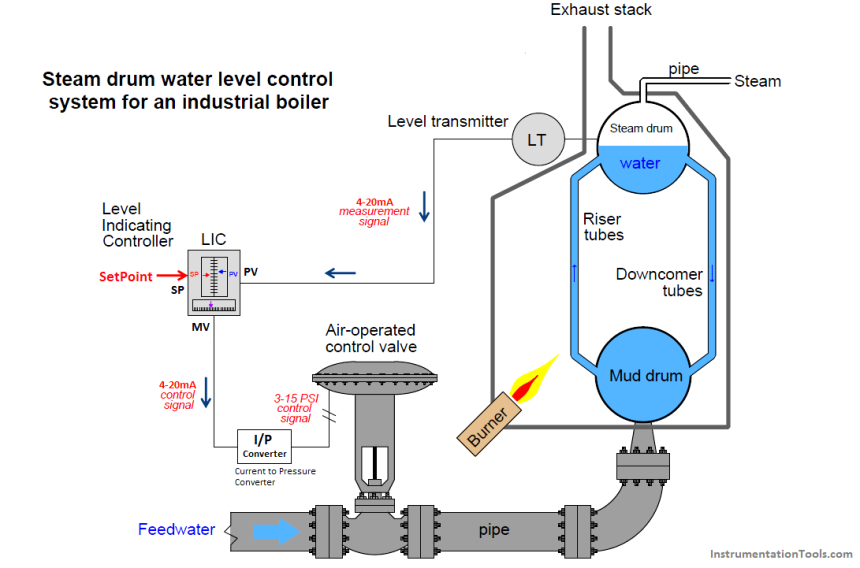Rotating Magnetic Field Quiz
In this MCQ you can learn and practice Rotating Magnetic Field objective quiz questions to test your knowledge on electrical machines.
Rotating Machines Objective Questions
In this MCQ you can learn and practice Rotating Machines objective quiz questions to test your knowledge on electrical machines.
Electrical Machines Torque Production Quiz
In this MCQ you can learn and practice Electrical Machines Torque Production objective quiz questions to test your knowledge on electrical machines.
Single Excited Electric Field Systems Quiz
Learn and practice Single Excited Electric Field Systems objective quiz questions to test your knowledge on electrical machines.
Synchronous Machines Objective Questions
In this MCQ you can learn and practice Synchronous Machines objective quiz questions to test your knowledge on electrical machines.
Double Excited Magnetic System Quiz
In this MCQ you can learn and practice Double Excited Magnetic System objective quiz questions to test your knowledge on electrical machines.
Reluctance Motor Quiz
In this MCQ you can learn and practice Reluctance Motor objective quiz questions to test your knowledge on electrical machines.
Chemical Reactor Temperature Control System
Sometimes we encounter a diversity of instrument signal standards in one control system. Such is the case with the following chemical reactor temperature control system, where three different signal standards…
Waste Water Control System
The final step in treating waste water before releasing it into the natural environment is to kill any harmful microorganisms (e.g. viruses, bacteria) in it. This is called disinfection, and…
Closed Loop Control System : Boiler Water Level Control System
This Post explains the simple closed loop function with the example of Boiler Water Level Control System. This posts helpful to understand the basic principle of a Control loop and…




